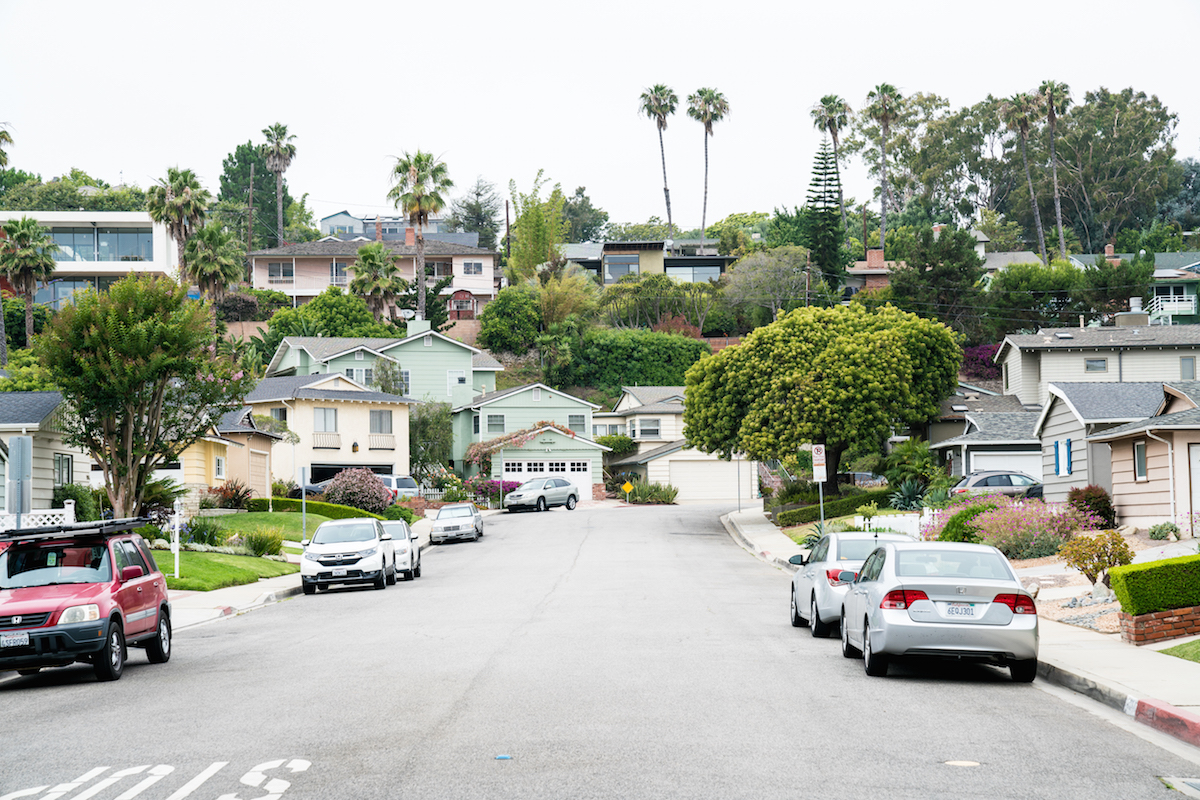
When the COVID crisis struck, it cut the city’s income in half, demolishing many businesses and causing widespread layoffs and suspension of popular services. Faster than a speeding locomotive, certain groups who like to weigh in on the city’s actions jumped forward with advice. This advice amounted to “more of the same, twice as much.”
One faction staunchly in favor of development, closely linked to developers, quickly insisted on expediting city permits for enormous buildings while advocating for removing most regulations that may slow construction. They also proposed sidelining any input from residents, essentially bypassing their public opinions in this process.
A different group, claiming to speak for renters citywide, started talking about slapping a tax on what businesses earn. A regressive tax, in essence, that, if not handled carefully, could end up having a significant impact on small businesses, particularly those that form the backbone of our city’s economy.
In a city known for its innovation and commitment to public welfare, it seems we’ve become trapped by outdated notions prioritizing a select few over the well-being of the majority. What happened to our community spirit? The cherished idea of the town commons, rooted in American history, where the community holds some land and resources for the benefit of all, has steadily eroded due to recent shifts in the city’s trajectory. There’s a looming danger of making this situation worse.
In recent years, our city’s approach has mirrored that of a mining colony, seemingly governed entirely for the benefit of extractive industries. This has led to a shift in our local economy, favoring corporations and investors while squeezing out small and local businesses. As a result, many of these vital places can no longer afford the soaring rents demanded by expansive new projects, even as these local businesses form the backbone of the services and goods essential for residents’ daily lives. There can be no fifteen-minute-city without local businesses.
What’s more, the city’s reliance on a handful of industries, like tourism and development, which were already struggling before the onset of COVID, has left our community incredibly vulnerable to new disruptions in the future. The city continues to act as if we’re living in the pre-COVID world, favoring a small group of industries and ignoring (or even working against) others.
We need to avoid letting this current crisis make those trends worse. When the crisis arrived, the city quickly implemented emergency measures, but once again, we’re poised to succumb to future crises unless we adopt a new strategy. To fortify against upcoming challenges, we must overhaul our city’s structure and how it operates. This starts by diversifying the city’s resources, empowering local businesses and organizations, and engaging our residents. We can’t be resilient unless we build local self-sufficiency. Resilience depends on local self-reliance.
There’s no time like our present to start working on a new, better future. This moment presents a unique opportunity to implement local self-reliance systems that will benefit us in the long run. Here are some ideas that other cities and organizations have explored:
- Community Land Trusts: These trusts involve community-owned land leased at a nominal fee to local housing and business cooperatives. Over 100 trusts across 23 states have successfully created permanently affordable housing units and commercial facilities. The Champlain Housing Trust in Burlington, Vermont, exemplifies this model, enabling residents to own their homes while paying less than 30% of their income in rent or mortgage. Similar trusts can support affordable avenues for local small business cooperatives. Here’s more information: https://tinyurl.com/ya4hcmcj)
- Business Improvement Districts (BIDs) for Small Businesses: BIDs tailored to small businesses can offer tax incentives and support local networks such as business credit unions, barter exchanges, and even localized currencies for specific transactions. These districts need not be limited to one area but can encompass multiple centers across the city. A designated small-business liaison appointed by the city can assist in navigating regulatory hurdles and connect applicants with nonprofit financing and other forms of business support. A small-business concierge.
- Zoning Changes Supporting Small Businesses: Adjusting zoning regulations to preserve and increase smaller commercial spaces can create opportunities for small, family-owned businesses. For example, successful rezoning in Manhattan’s Upper West Side led to the establishment of storefronts as small as 250 square feet, offering affordable rents. Further insights are available in the Institute for Local Self-Reliance report: https://tinyurl.com/ycn52xrr
- Expansion of Community-Owned Gardens: Expanding access to community gardens can cater to more residents interested in growing their own food or engaging in small-scale urban farming. Despite having some community gardens in Santa Monica, demand far exceeds supply, especially for apartment dwellers who need direct access to gardening spaces. Encouraging locally grown produce is vital for enhancing local self-reliance.
Focusing on making our local community more robust and resilient is vital. Let’s avoid selling off crucial community assets and refrain from adding extra challenges for our small local businesses. Instead, let’s work on supporting and nurturing these businesses while finding ways to preserve and utilize our community’s valuable resources for everyone’s benefit.
Daniel Jansenson, Architect, Building and Fire-Life Safety Commission, for S.M.art (Santa Monica Architects for a Responsible Tomorrow).
Santa Monica Architects for a Responsible Tomorrow
Ron Goldman, Architect FAIA; Dan Jansenson, Architect, Building & Fire-Life Safety Commissioner; Robert H. Taylor, Architect AIA; Thane Roberts, Architect; Mario Fonda-Bonardi, Architect AIA, Planning Commissioner; Sam Tolkin, Architect; Marc Verville, CPA (inactive); Michael Jolly, AIRCRE
For previous articles see www.santamonicaarch.wordpress.com/writing













